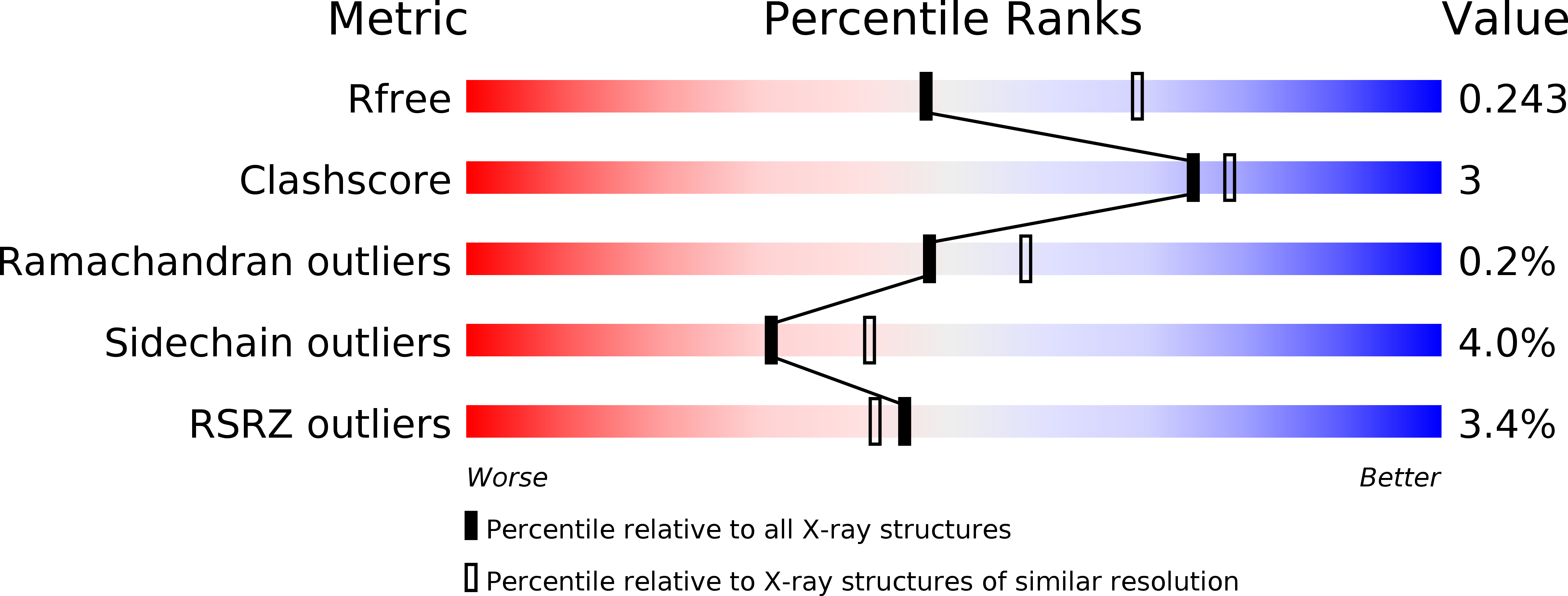
Deposition Date
2014-12-03
Release Date
2015-05-20
Last Version Date
2024-11-27
Entry Detail
PDB ID:
4RWG
Keywords:
Title:
Crystal structure of the CLR:RAMP1 extracellular domain heterodimer with bound high affinity CGRP analog
Biological Source:
Source Organism:
Escherichia coli (Taxon ID: 83333)
Homo sapiens (Taxon ID: 9606)
synthetic construct (Taxon ID: 32630)
Homo sapiens (Taxon ID: 9606)
synthetic construct (Taxon ID: 32630)
Host Organism:
Method Details:
Experimental Method:
Resolution:
2.44 Å
R-Value Free:
0.24
R-Value Work:
0.19
R-Value Observed:
0.20
Space Group:
C 1 2 1


